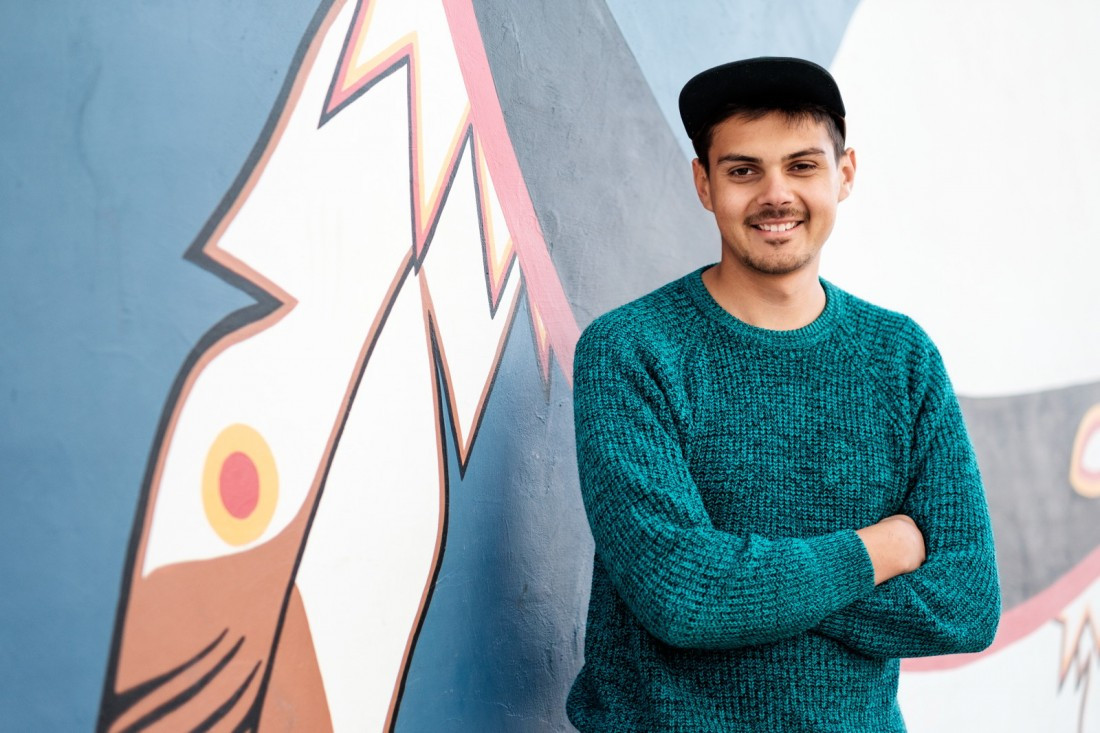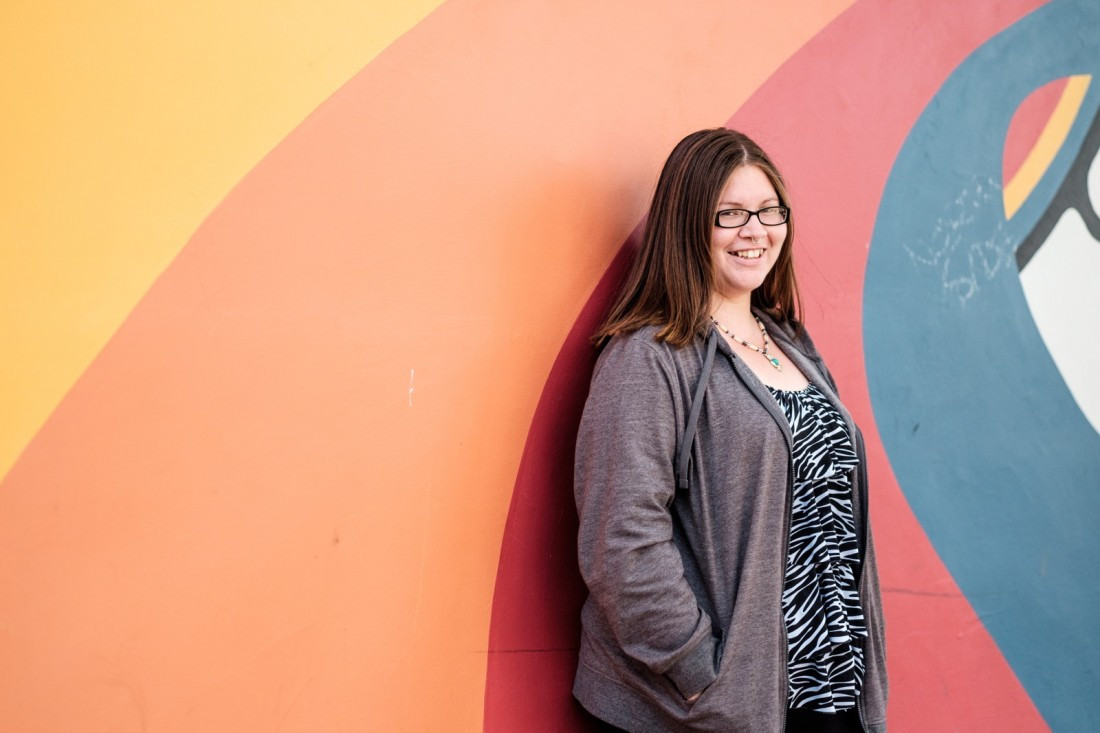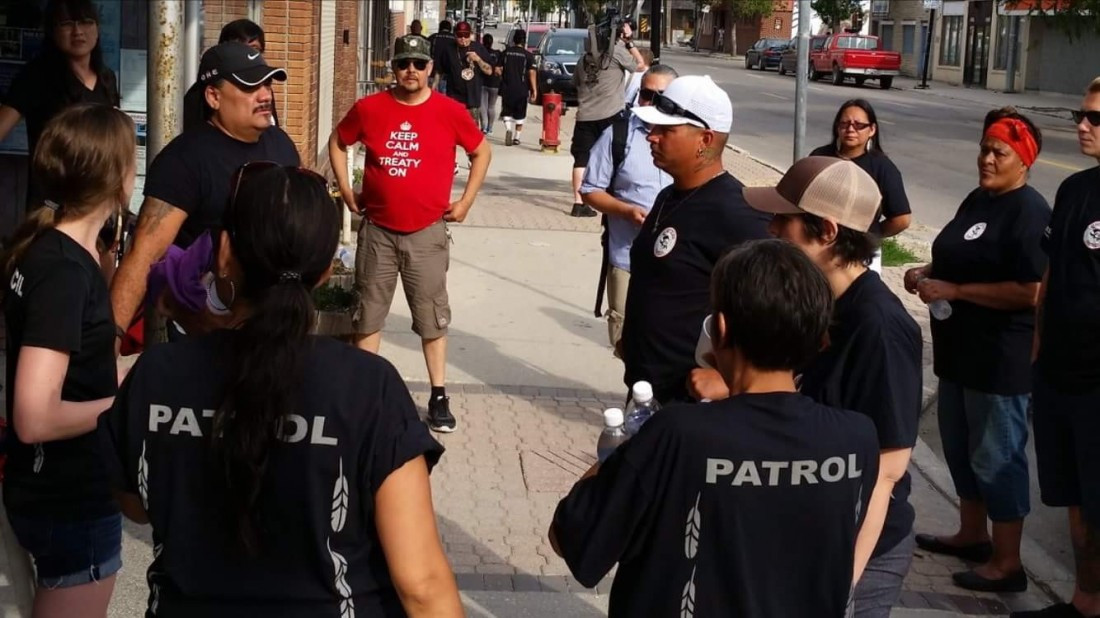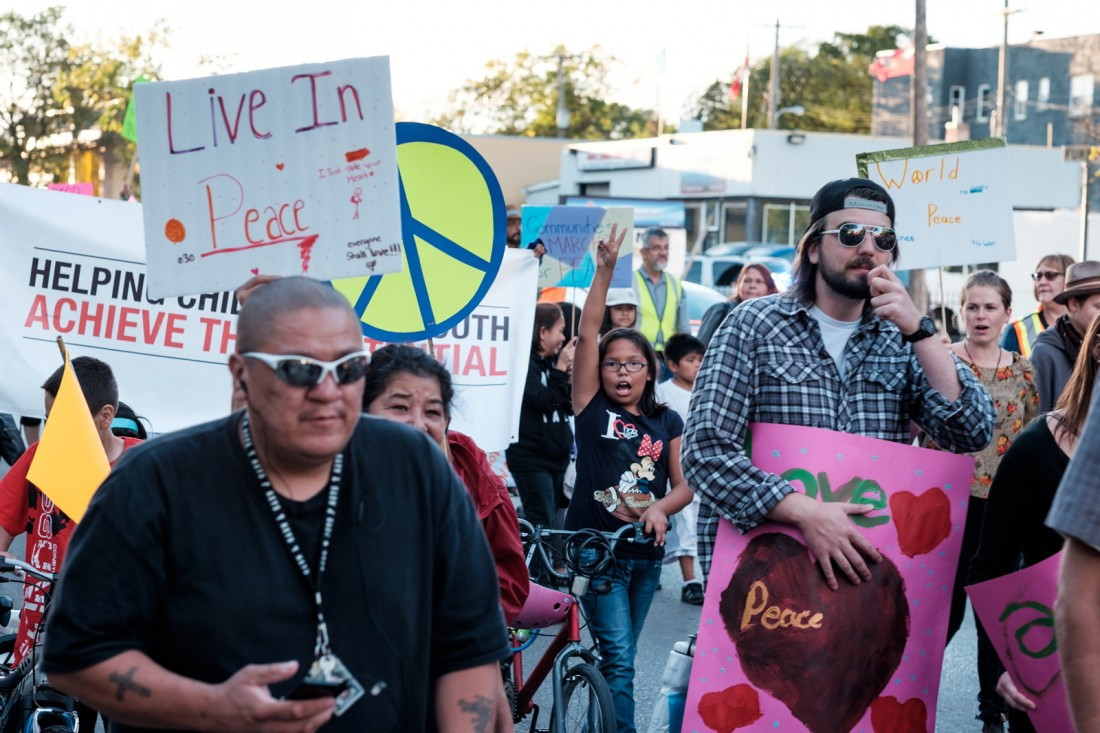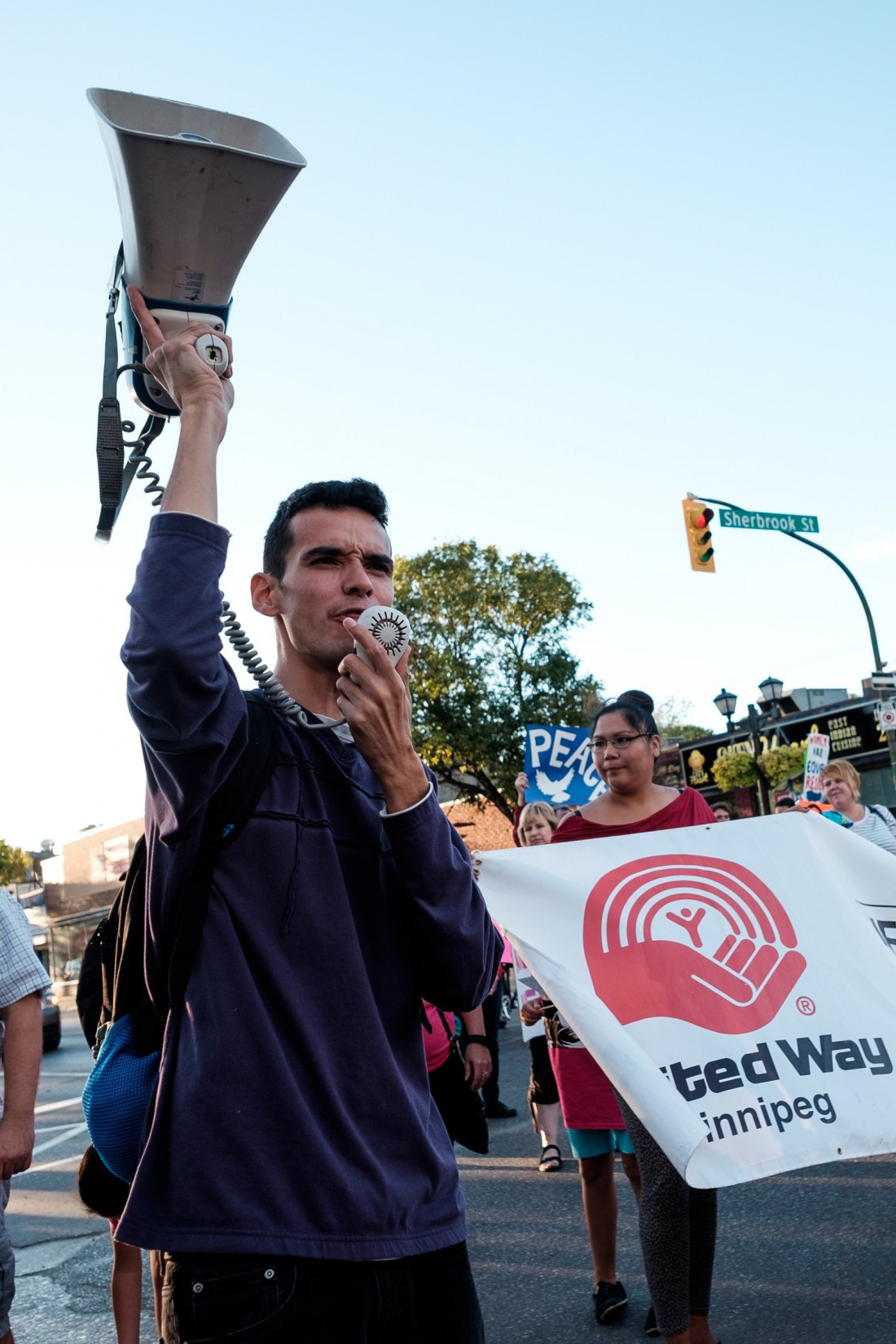Telling their own stories
Young indigenous Winnipeggers take media representation into their own hands
Michael Champagne of AYO _1100_1650_90.jpg)
Hall became a minor celebrity in the Winnipeg newscycle for his heroics, but also for his ongoing struggle with addiction and occasional run-ins with police.
“Every time he slipped up for things like being picked up for being drunk or caught panhandling, it would make national headlines,” said his friend Marion Willis in a Maclean’s Magazine obituary. “It was like a public shaming for him.”
Without a doubt, coverage of Hall’s story brought attention to the plight of homelessness in Winnipeg, and it humanized a figure many locals might otherwise write off as another indigenous panhandler. But despite this, Hall’s story also presented Winnipeggers with an old stereotype of indigenous people as homeless, addicted panhandlers.
Some might ask why media representation even matters. As the authors of Seeing Red: A History of Natives in Canadian Newspapers write, “Press coverage is important because it serves as a mirror, albeit imperfect, of public sentiment.” It also has a hand in creating that public opinion.
Gracie Lou of AYO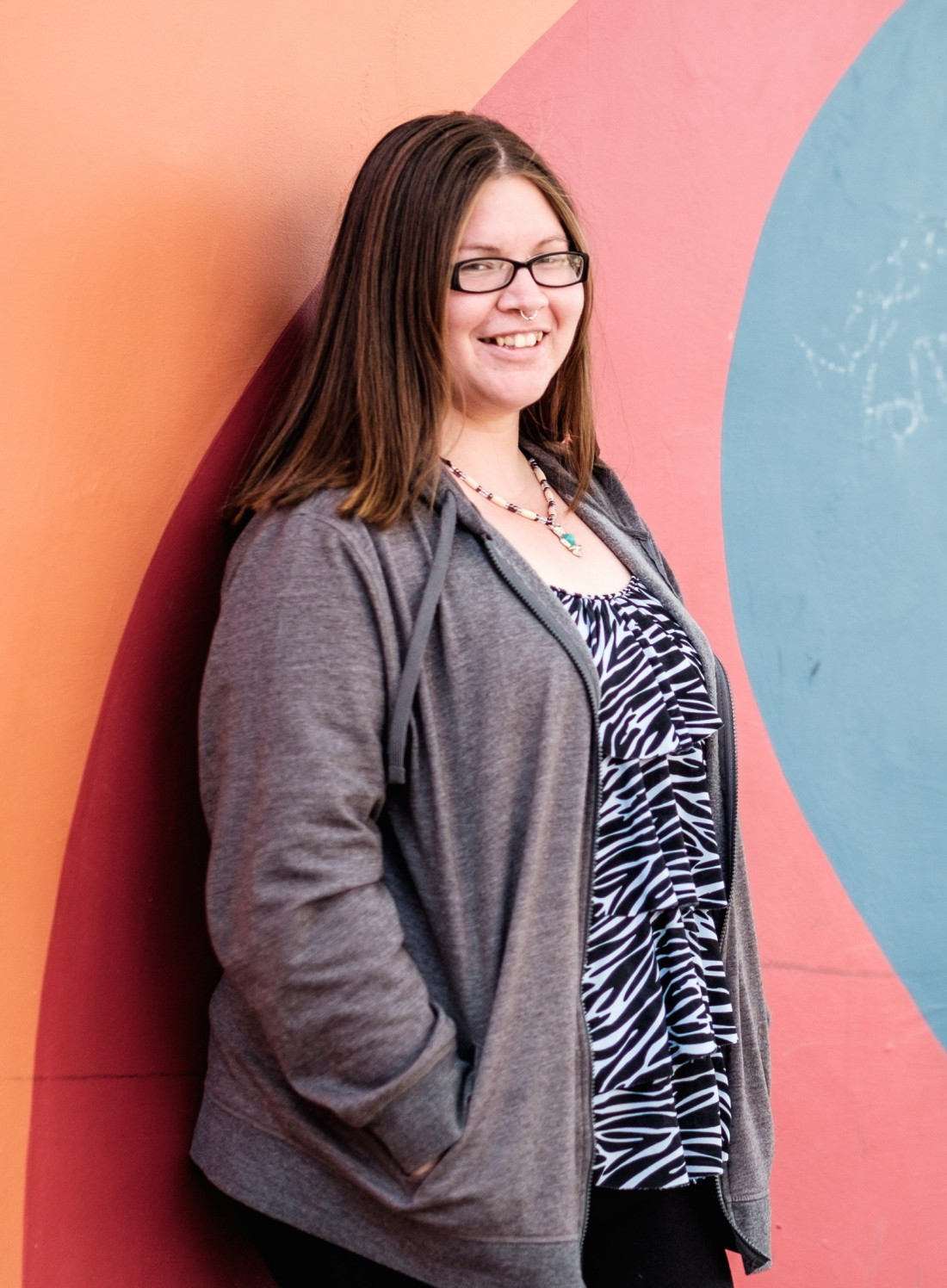
A few hundred years later, Canadian media continues to skew indigenous identities to fit within stereotypes.
According to the Truth and Reconciliation Commission, “The media has a role to play in ensuring that public information both for and about Aboriginal peoples reflects their cultural diversity and provides fair and nondiscriminatory reporting on Aboriginal issues.”
Yet as educator and CBC reporter Duncan McCue points out, editorial opinions are “often rooted in century-old stereotypes rather than reality.” These stereotypes led McCue to create “Reporting In Indigenous Communities” (Riic.ca), a resource website for journalists looking to improve their cultural awareness and reporting.
An elder once quipped to McCue that indigenous people would only ever make the news if they were drumming, dancing, drunk or dead.
Justin of AYO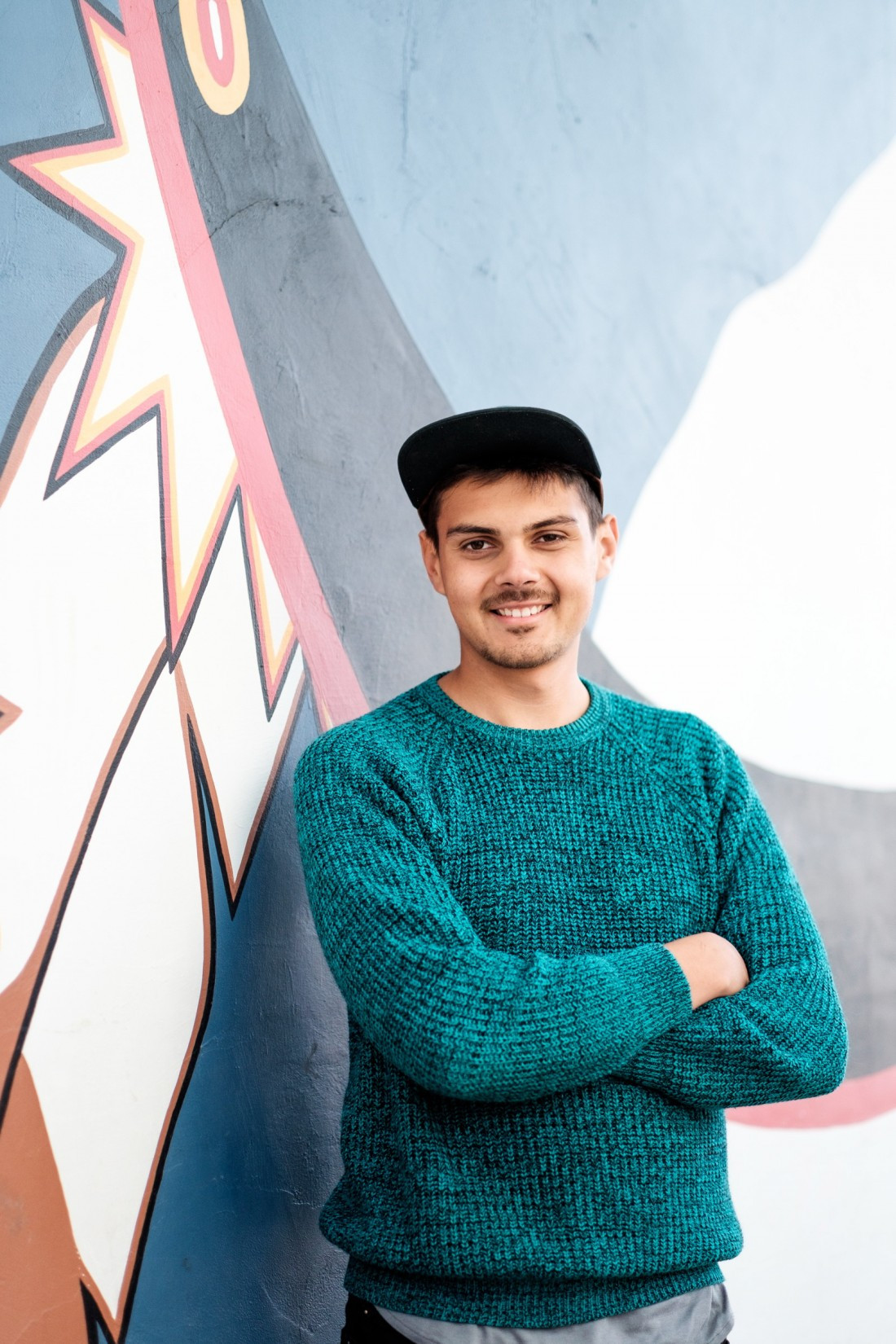
“It’s crazy, because we’d like to think that we live in a society that’s more sophisticated than only perceiving indigenous people in four very specific ways,” he recently told a University of Winnipeg class while showing them a photo of indigenous drummers in a current Metro Winnipeg.
Champagne founded Aboriginal Youth Opportunities (AYO) in 2010 to support young people in Winnipeg’s north end. What began as an informal gathering soon spawned “Meet Me At The Bell Tower,” an ongoing weekly event on Selkirk Avenue, as well as dozens of other events and initiatives.
Lenard Monkman, an AYO leader, stopped reading one Winnipeg newspaper several years ago because he felt it reinforced negative stereotypes about indigenous people. “They pushed the idea that we are all angry, drunk, violent criminals and thieves,” he writes.
Last spring Monkman organized a campaign to provide hundreds of new basketballs for kids in the North End. At least one headline focussed on irrelevant details from his past rather than the good-news story at hand.
Henry of AYO
This is at least in part because the leaders at AYO, among others, are taking matters into their own hands.
As the organizers realized that the broader public already had assumptions about who the youth of the North End were, they made it part of their mandate to subvert those stereotypes. This meant presenting an image of indigenous young people as invested in their communities and politically engaged. A megaphone has since become an important symbol of their work.
It also meant refusing to be passive subjects in news stories. Despite his activism, Champagne was still being presented in the news as a “poor, suicidal CFS case” that survived. He thought it was more important to showcase “the good in the hood,” so he began to guide reporters in that direction.
“By building relationships with the media, helping them know who we are and understand the scope of our work, and by providing very tangible and concrete guidelines, that allows us to control our own narrative,” Champagne says.
These guidelines, like “don’t make it look like I’m a victim,” for example, have sometimes meant taking a hardline approach in interviews.
When one reporter wanted to highlight the ongoing racism in Winnipeg, Champagne refused to engage. “If you want to make bad TV, ask me the questions I told you not to ask me,” he says.
In essence, AYO is working the media in the same way that politicians and marketers have for years.
Jenna "Liiciious" Wirch of AYO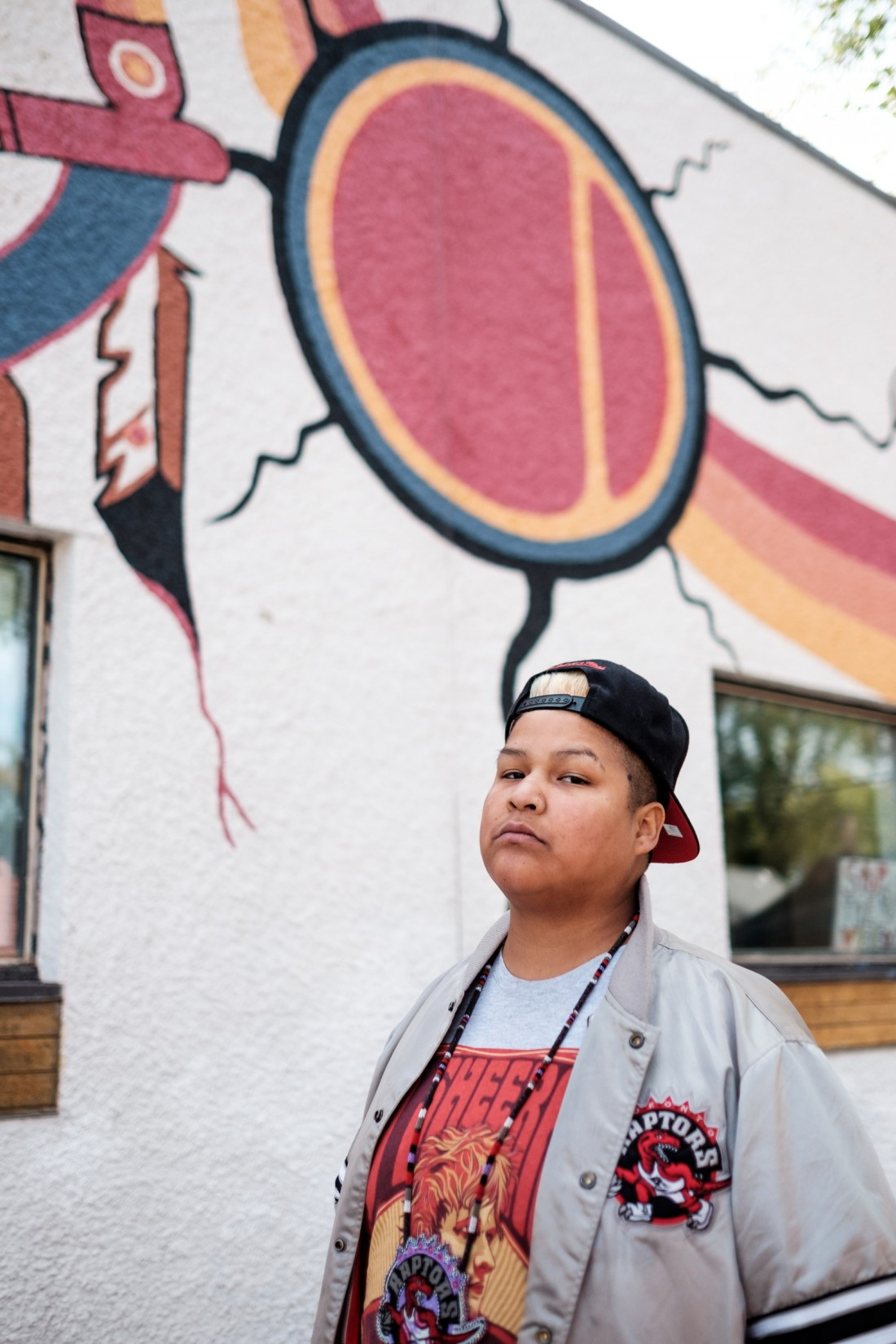
AYO’s efforts haven’t gone unnoticed. As an assignment editor for the Winnipeg Free Press, Carl DeGurse sorts through 100 to 150 news releases a day to help determine which stories will make the paper.
“I’ve noticed an increase in the professionalism of news releases from indigenous organizations,” DeGurse says. “(It’s) almost like there’s a new crop of indigenous communications people who know the mainstream media, who know how to pull the levers and what buttons to push.”
Sonya Ballantyne approaches indigenous representation in the media from a different angle. As an emerging filmmaker, she says she is committed to telling stories that make people question their assumptions about people living on reserves or in Winnipeg’s core areas.
Last summer the 29-year-old won the $10,000 RBC Emerging Filmmakers Competition to make Crash Site, a superhero story about a young girl who leaves her reserve to live in the city. The film recently premiered at the Gimli Film Festival and has been screened around Manitoba as well as south of the border.
Lenard Monkman of AYO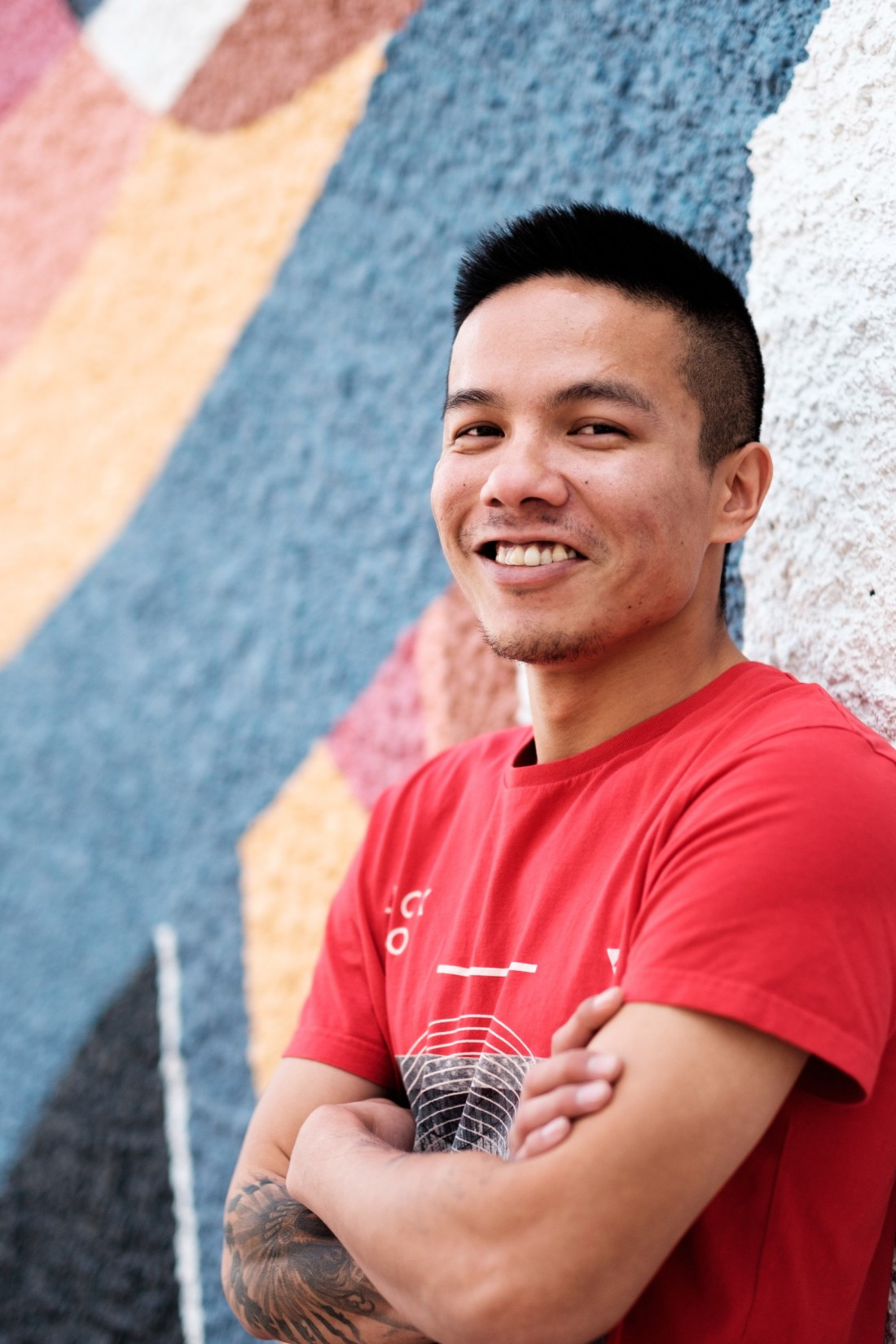
With indigenous-specific training opportunities available through the Aboriginal People’s Television Network, the National Screen Institute, and elsewhere, as well as more and more shows like Rosanna Deerchild’s Unreserved on CBC, the future looks bright for young creators like Ballantyne.
The leaders at AYO are creating their own content as well. Alongside already established blogs and a radio show, they will be launching Red Rising magazine later this month. The print and online publication will feature articles, resources, art and poetry from an indigenous perspective. It’s something new for Winnipeg, but influenced in part by kimiwan, a similar project based in Saskatoon.
“It’s important for us to be able to talk about these things our way, unfiltered, so that people know and understand that we’re educated, we’re system literate, we’re solution oriented,” Champagne says.
“We’re growing up in this renaissance of media representation,” Ballantyne says. “The world is watching now.”
Published in Volume 70, Number 4 of The Uniter (October 1, 2015)

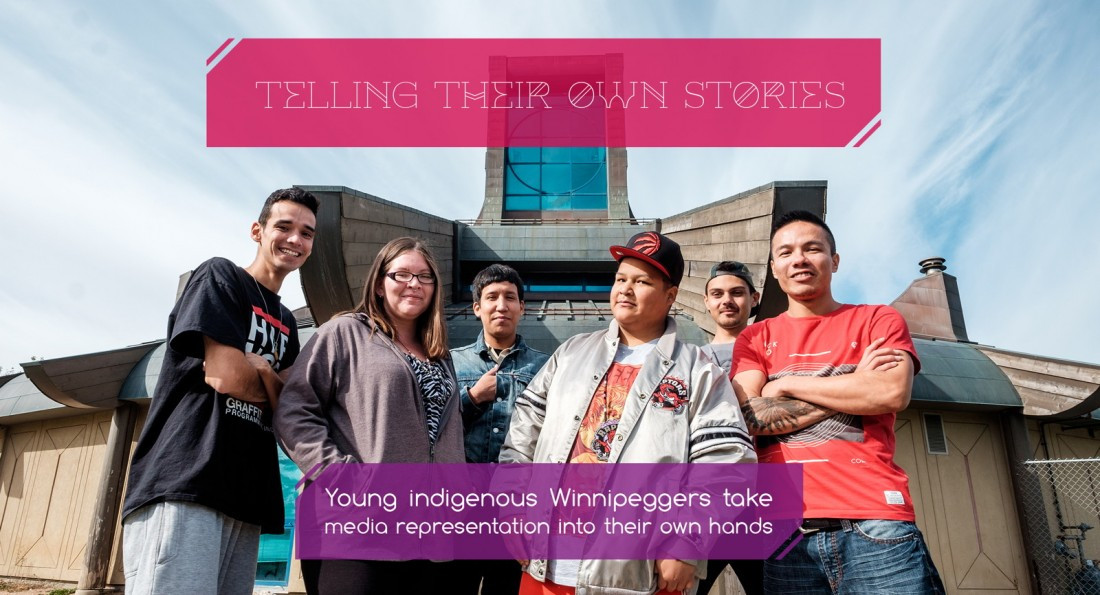
_1100_733_90.jpg)
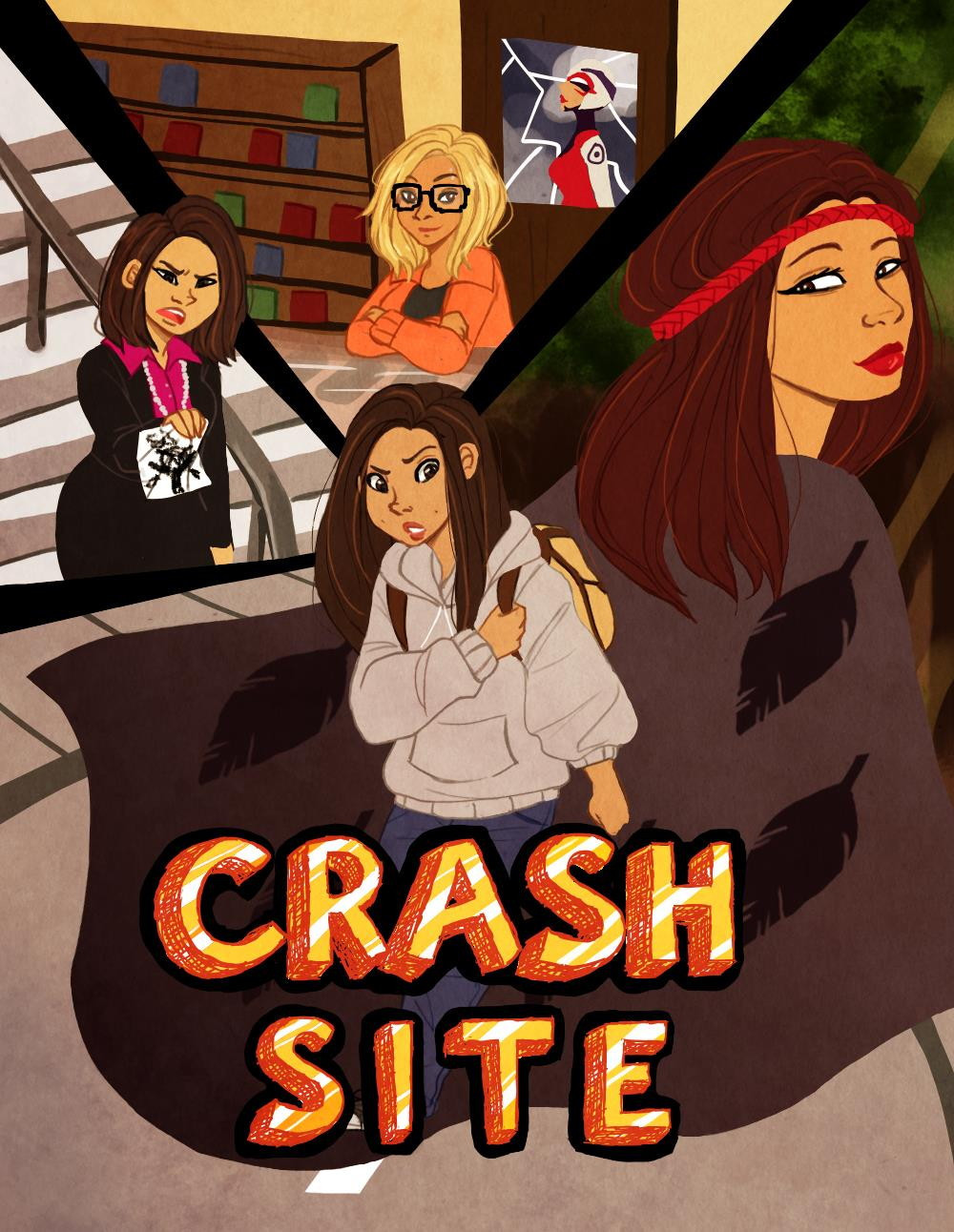
_1100_733_90.jpg)
